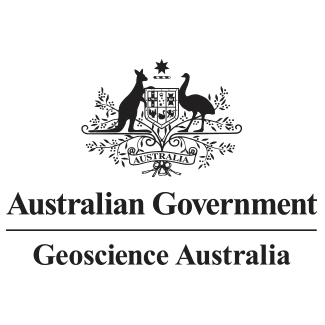Full description
The region of coastal South East Queensland (SEQ) represents a large concentration of population, business activity and infrastructure important to the economy of Queensland and Australia. The region is also subject to severe storms that can generate damaging winds, particularly as a result of thunderstorm and tropical cyclone activity. Older residential homes have historically been the most damaged in such storms, contributing disproportionately to community risk, and recent storm damage in Western Australia has indicated that there are issues with modern SEQ homes also. This risk posed by severe wind is not well understood, nor are the optimal strategies for managing and potentially reducing this risk. Previous work has provided insights into the potential impacts of rare storm events in the SEQ region and the vulnerability of residential homes that contribute to them. The Severe Wind Hazard Assessment for Queensland (SWHAQ) project (Arthur, et al., 2021) provided valuable insights on the potential impacts of rare tropical cyclones making landfall in the region. The SWHA-Q project included two storms impacting the Gold Coast that highlighted that credible cyclone events in South East Queensland generating no more than design level wind gusts can have challenging consequences.Five tropical cyclone scenario events were selected by the project partners and modelled to provide a demonstration of the residential housing damage outcomes that could result from plausible storms that could impact South East Queensland. Four storms generated category 3 winds (gusts over 165 km/h) on landfall and were essentially design level events for ordinary residential structures. The fifth (Scenario 3) generated category 4 winds (gusts over 225 km/h) at landfall but was still quite a credible storm for the region. The events highlighted, as did the previous SWHA-Q work, that rare cyclone events of this kind affect all parts of the study region and produce very significant consequences. One design level event (Scenario 2) was found to inflict moderate or greater damage to 39% of the homes in the region, representing a major need for temporary accommodation. One of the events was used as the evidence-based scenario that underpinned Exercise Averruncus – A SEQ Tropical Cyclone Impact held in Brisbane on 15 June 2022 that explored critical issues around preparation for, response to, and initial recovery from the event. It is noted that the scale of impacts from any scenario is contingent on the characteristics of the TC itself (size, intensity, landfall location) and on the landscape in which buildings are located. However, while each scenario is unique, the suite of scenario impacts provide a useful resource for EM planning by local government, emergency services and other agencies with a role in disaster recovery.
Lineage
Maintenance and Update Frequency: notPlannedNotes
PurposeEnable stakeholder access to scenario impact information for credible tropical cyclone scenarios affecting South East Queensland
Issued: 13 12 2022
text: westlimit=138.00; southlimit=-30.00; eastlimit=154.00; northlimit=-9.00; projection=GDA94 (EPSG:4283)
User Contributed Tags
Login to tag this record with meaningful keywords to make it easier to discover
Download Brisbane Scenario Data (zip) [5.16 GB]
uri :
https://d28rz98at9flks.cloudfront.net/147586/147586_00_0.zip![]()
Download Gold Coast Scenario Data (zip) [5.15 GB]
uri :
https://d28rz98at9flks.cloudfront.net/147586/147586_01_0.zip![]()
Download Moreton Bay Scenario Data (zip) [5.15 GB]
uri :
https://d28rz98at9flks.cloudfront.net/147586/147586_02_0.zip![]()
Download Noose Scenario Data (zip) [5.14 GB]
uri :
https://d28rz98at9flks.cloudfront.net/147586/147586_03_0.zip![]()
Download Redland Scenario Data (zip) [5.14 GB]
uri :
https://d28rz98at9flks.cloudfront.net/147586/147586_04_0.zip![]()
Download Sunshine Coast Scenario Data (zip) [5.14 GB]
uri :
https://d28rz98at9flks.cloudfront.net/147586/147586_05_0.zip![]()
Download Severe Wind Hazard Assessment Scenario Data Description (docx) [471.77 KB]
uri :
https://d28rz98at9flks.cloudfront.net/147586/147586_06_2.DOCX![]()
Australian National Exposure Information System (NEXIS) Data Collection
local : 144651
Tropical Cyclone Risk Model
local : 77484
Hazard Impact Assessment: HazImp
local : 110501
Australian Tropical Cyclone Hazard Assessment Collection
local : 144680
- global : febc69af-f3c5-4512-8ea5-2074328a5770
- Local : pid.geoscience.gov.au/dataset/ga/147586
- DOI : 10.26186/147586



